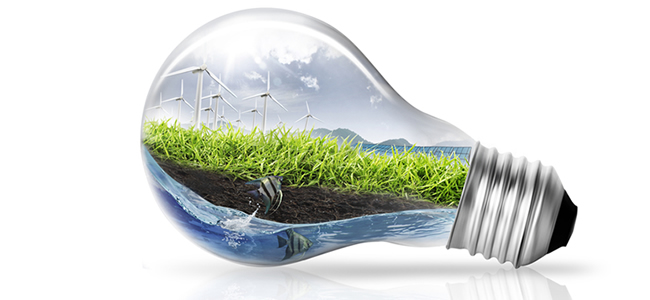
LED Lighting and The Environment
The recent heat waves and wildfires experienced in some parts of the artic illustrates the horrific impacts of climate change. It also illustrates that no part of the world is excepted from climate change. Scientist now claims we should start taming carbon emissions by embracing clean energy and reducing our consumption of electricity. It is this desire to reduce carbon emission that has partly fueled the LED revolution.
The LED revolution has been breathtaking. The quality, lifespan, and prices of LED bulbs have transformed tremendously. A recent announcement by an online retailer that they are offering a dozen 800 lumen Phillips LED for twenty-two bucks got everyone talking. Who thought there would soon come a time when LED bulbs would be cheaper than their incandescent counterparts?
How does LED benefit the environment?
Good question. LED lighting offers numerous benefits to the environment as discussed below.
Energy efficiency
Did you know that fluorescent tubes and incandescent lights only use 5% of the electricity they consume to produce light? This means that 95% of the energy they consume is wasted. LED on the other hand converts 95% of the supply energy to light wasting only 5% of the same. The efficiency of LED light bulbs reduces the overall energy consumption and, in the process, reduces the number of greenhouse emissions hence decelerating global warming.
Non-toxic elements
LED light bulbs are made from non-toxic elements. Fluorescent strips are a very common lighting solution in many offices across the globe. Fluorescent strips contain noxious chemicals like mercury. Mercury contaminates the environment when disposed of in landfill waste. The safe way of disposal is through a registered waste handler who of course has to be paid. By switching to LED light bulbs, you reduce costs of disposal and helps protect the environment from toxic waste.
Lifespan
LED light bulbs last up to 20 times longer than fluorescent and incandescent lights. This means there is reduced requirement for frequent replacements resulting in the need for fewer lights and hence fewer resources required for the manufacturing, packaging, and transportation of these lights. This translates to fewer carbon emissions and fewer costs on the consumer as well.
One LED is enough
Fluorescent and incandescent light produces light in every direction even when it’s not needed for instance the ceiling. LED lighting, however, offers a better distribution of light. This way, one can have a better lit room with fewer light bulbs. The lesser the lights the lesser the energy consumed hence the lesser the carbon emissions.
Less heat
Unlike Fluorescent and incandescent light that convert 95% of their energy input to heat, LED only converts 5% of its energy input to heat. This translates to lesser heat hence no requirement for cooling the environment. This also means LED lights can also be handled even when hot.
The rate at which corporations and homes have been embracing LED is impressive. Switch to LED today and let us protect our environment.





















